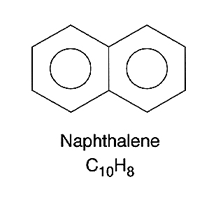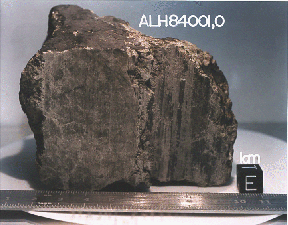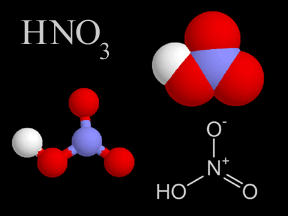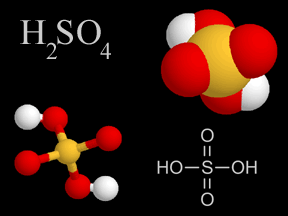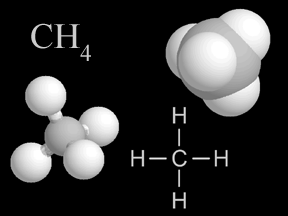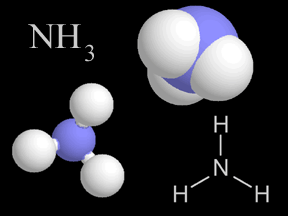Click on image for full size
JPL/NASA
Related links:
PAH
PAH is the short name for a "polycyclic aromatic hydrocarbon". A PAH is a stable structure made up of multiple rings that are fused together. The rings are made of carbon and hydrogen (though other elements sometimes sneak into the structure!).These rings are tough to break apart. They are held together by a type of hybrid bond (hybrid between a single and double bond) that is actually stronger than the single or double bond with which you might be familiar.
Many people think that all aromatic molecules contain one or more benzene rings. This is a historical misconception. Benzene rings are found in many, but not all aromatic molecules. Many of the plants that were first found to contain benzene rings, such as vanilla or sassafras, were smelly...aromatic! So, it is a common misconception that all aromatic molecules contain benzene rings...when in fact, some do not (they contain other forms of carbon and hydrogen).
PAHs form easily. PAHs are very abundant in the solar system as well as in space. The red color in many interstellar clouds, such as this one comes from radiation in red wavelengths of PAH chemicals in the clouds. PAHs are found in comets and in meteorites, even ones which come from Mars. This was especially important when scientists thought there might be fossils of ancient life in a Martian rock.
One of the chief sources of terrestrial PAHs today is automobile emissions. PAH is also relatively abundant in burnt meat. When the body tries to break down the PAHs in burnt (or barbecued meat), the intermediates can be carcinogenic.


